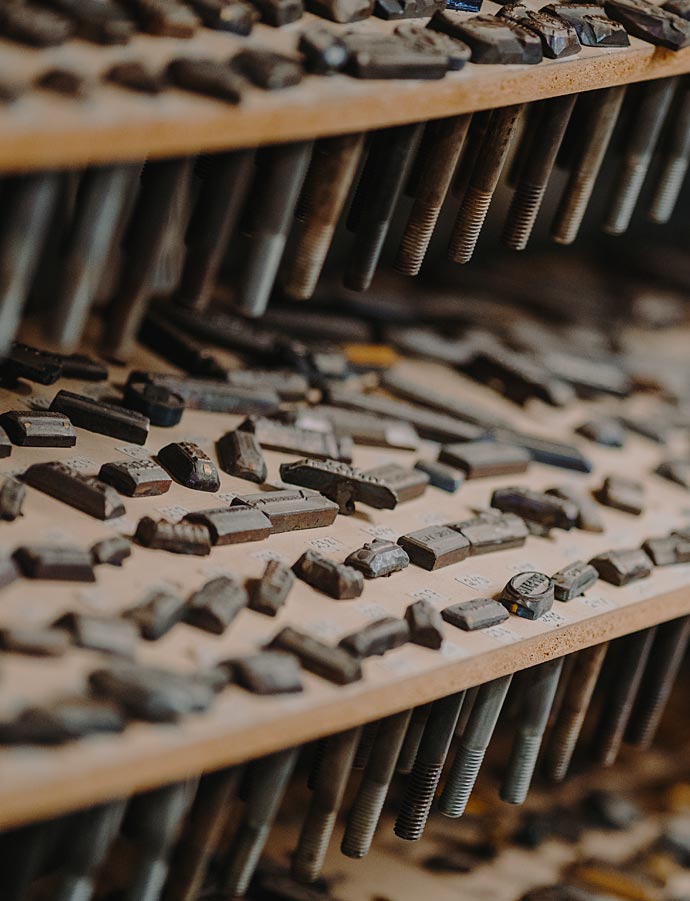
The term "Kauhava Knife" refers to knives with lacquered birch bark handles. As the knife's name suggests, the upper bolster of the knife is cast in brass in the shape of a horse's head. These horse-headed knives have been found dating back to the early 1880s under two names: Iisakki Järvenpää and his cousin Juho Kustaa Lammi. These two men were the inventors of the entire knife concept, who together conceived, experimented, and made these knives at the beginning of their careers.
As for the origin of the horse's head on the knife, there are various stories. The most credible one is that J.K. Lammi, while serving in the Dragoon Regiment in Vaasa, saw a riding crop with a horse's head cast on the end and got the idea to apply the same concept to a knife handle. He and Iisakki Järvenpää then developed and produced these horse-headed knives for their customers, either together or separately. According to oral tradition, it is possible that in some larger orders, there were similar knives bearing the names of both of these makers. The Horse Head Knife has always been produced at a large scale at Iisakki Järvenpää. Over the years it has been constructed with many varying handle materials, including birch bark, wood, galalith, ebonite, and bone.
Today, the horse head's shape remains the same and the handle is still made from lacquered birch bark. The Horse Head Knife is produced in three sizes: the traditional model with a 10 cm polished carbon steel blade, the longer-bladed Vallesmanni, and the smaller Ladies's Knife.
The sheath of the Horse Head Knife is made from light or black leather, featuring a decorative brass tip and traditional patterning on the leather. The sheath is the same as that of the Ball Pommel Kauhava Knife.
The knife in its sheath is 25 cm long, with the knife itself measuring 21 cm, including a 10 cm blade.
